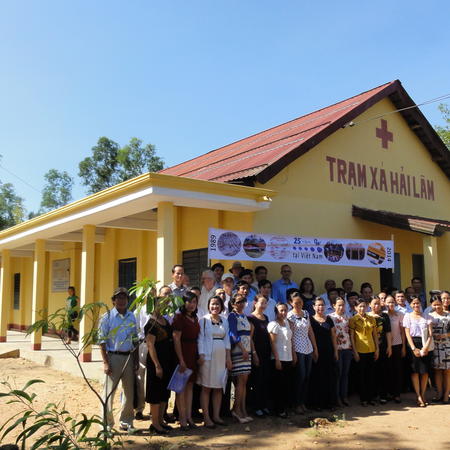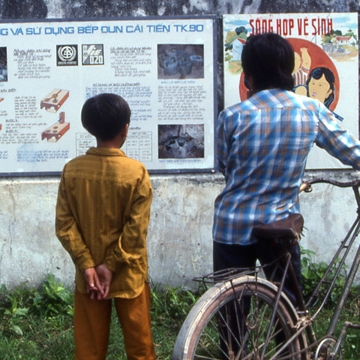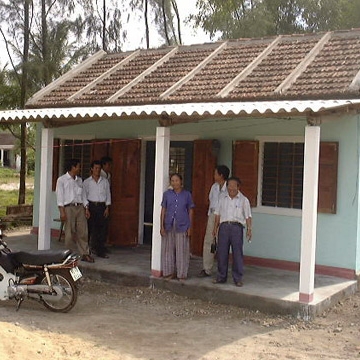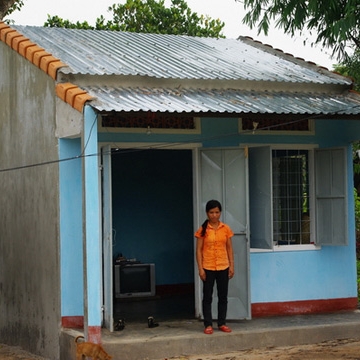Natural Disasters and Household Welfare: Evidence from Vietnam
As natural disasters hit with increasing frequency, especially in coastal areas, it is imperative to better understand how much natural disasters affect economies and their people.
This requires disaggregated measures of natural disasters that can be reliably linked to households, the first challenge this paper tackles. In particular, a methodology is illustrated to create natural disaster and hazard maps from first hand, geo-referenced meteorological data. In a second step, the repeated cross-sectional national living standard measurement surveys (2002, 2004, and 2006) from Vietnam are augmented with the natural disaster measures derived in the first phase, to estimate the welfare effects associated with natural disasters.
The results indicate that short-run losses from natural disasters can be substantial, with riverine floods causing welfare losses of up to 23 percent and hurricanes reducing welfare by up to 52 percent inside cities with a population over 500,000. Households are better able to cope with the short-run effects of droughts, largely due to irrigation. There are also important long-run negative effects, in Vietnam mostly so for droughts, flash floods, and hurricanes. Geographical differentiation in the welfare effects across space and disaster appears partly linked to the functioning of the disaster relief system, which has so far largely eluded households in areas regularly affected by hurricane force winds.
Source: The World Bank Group
See Report here











